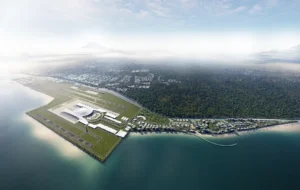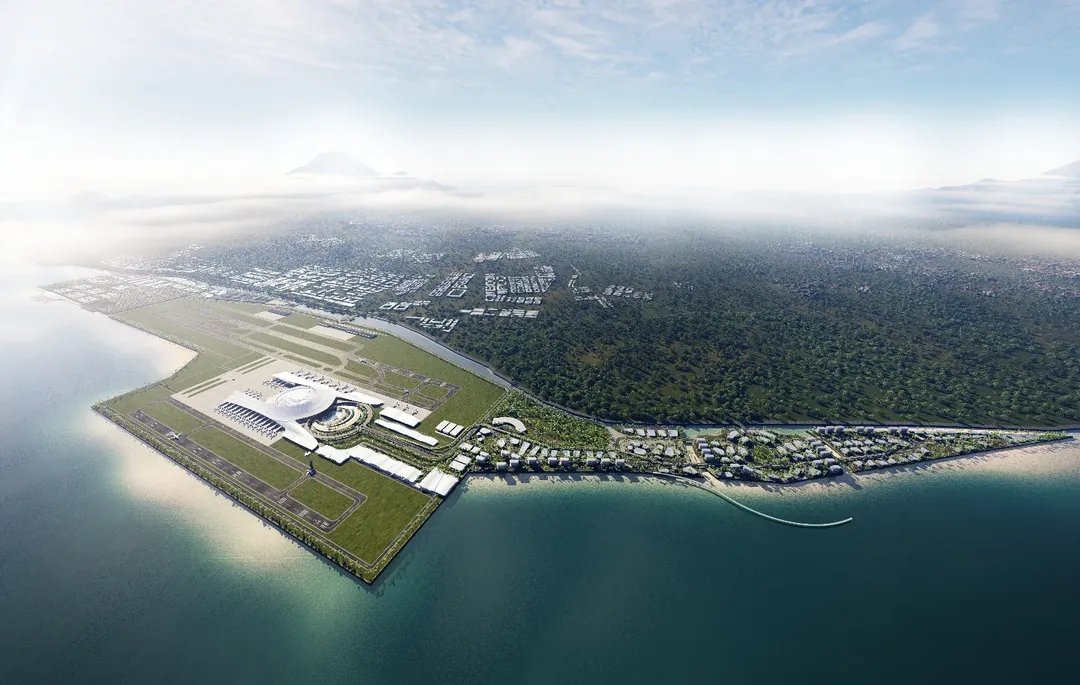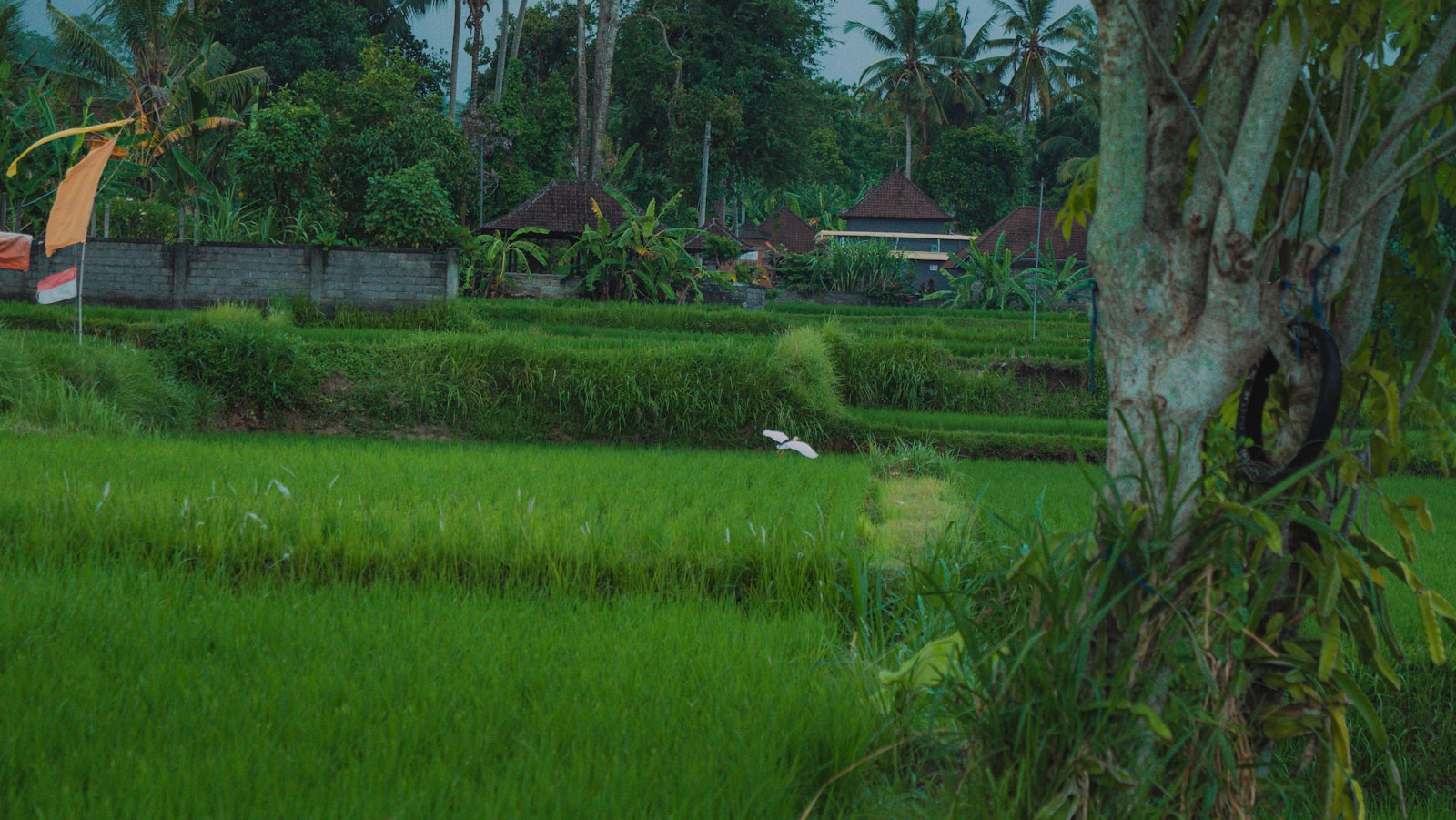Bali Tourism Skyrockets in 2025: Record-Breaking International Arrivals, Digital Travel Upgrades.
What It Means for the Island’s Future
Quick Read TL;DR
Bali is on track to smash its 2025 tourism targets, with international arrivals surpassing 7 million and Ngurah Rai Airport handling over 2.3 million passengers in August alone. July saw nearly 700,000 foreign visitors, marking an 11% year-on-year increase. Australia, India, China, France, and South Korea lead the surge, while domestic tourism adds resilience. New tools like the All Indonesia App are streamlining arrivals, while niche markets in wellness, eco-tourism, and digital nomadism are broadening appeal. As Bali balances record-breaking growth with sustainability challenges, the island is redefining itself as a year-round global destination.

Bali is smashing records in 2025, welcoming millions of visitors at a pace that’s rewriting tourism expectations. With more than 7 million international arrivals forecast for the year, Ngurah Rai International Airport pushing past 2.3 million monthly passenger movements, and July 2025 alone seeing nearly 700,000 foreign tourists, Bali isn’t just surviving the so-called “low season” — it’s thriving through it.
Australia, India, China, France, and South Korea continue to dominate source markets, but a big part of Bali’s success lies in how it’s blending digital upgrades, streamlined travel apps, strong airport management, and an increasingly diverse tourism offering. From yoga retreats in Ubud to diving in Amed, café culture in Canggu to dolphin spotting in Lovina, the island is broadening its appeal beyond the traditional beach-and-bar reputation.
But as much as this record-breaking tourism wave is a celebration, it also raises questions about sustainability, infrastructure, and the future of Bali as one of the world’s favourite destinations.
Bali by the Numbers: A Record Year in the Making
It’s not often that a destination manages to defy seasonality, but Bali in 2025 is proving to be an exception.
- July 2025 arrivals: 697,110 foreign tourists (an 11.42% increase year-on-year).
- January–July cumulative arrivals: 3.98 million foreign tourists (up 12.46% on 2024).
- August 2025 airport traffic: 2.33 million passenger movements (63% international, 1.47 million travellers).
- Daily passenger flow: averaging over 75,000 people through Ngurah Rai in August.
That means, on average, over 3,100 people were being checked in per hour. Compare that with 2021’s pandemic hangover, and the growth is staggering.
At this pace, Bali will close out 2025 with more than 7 million international visitors, blowing past the targets set by tourism authorities and positioning the island for one of its most successful years ever.
What’s Driving Bali’s Tourism Boom?
Strong Source Markets
Australia has always been a loyal feeder market, with direct flights and cultural familiarity making Bali a “second home” for many Aussies. But the post-pandemic rebound has brought back India and China in force, while European travellers — particularly from France — and South Korean tourists are adding fresh diversity to the mix.
These markets have different travel motivations: Aussies often seek sun, surf, and family holidays; Indians combine luxury stays with weddings and group trips; Chinese visitors often focus on shopping and iconic photo spots; while French and Korean travellers lean into culture, wellness, and nature. That mix is helping Bali remain resilient across seasons.
Domestic Tourism as a Cushion
It’s easy to forget, but domestic tourism has quietly been a stabilising force for Bali. When international numbers dip, Indonesian travellers still flock to the island. From Java and Sumatra to Sulawesi, Bali holds a special allure for locals, helping to keep hotels and restaurants humming even when international visitors slow down.
Airport & Infrastructure Investments
Ngurah Rai International Airport has been under pressure for years, but the 2025 upgrades are beginning to show results. New digital systems for passenger management, improved customs lanes, and better allocation of staff have helped manage daily flows. Still, the sheer volume of travellers means constant reinvestment is required — from terminals and baggage handling to security and immigration.
Digital Travel Facilitation
The launch of the All Indonesia App on September 1, 2025, has been a game-changer. Tourists can now handle arrival forms, health screenings, and even customs clearance within one platform. Add to that the online visa system (still a separate process) and Bali’s international travel experience is becoming smoother than many rival destinations.
Marketing and Seasonality
Tourism boards have wisely shifted focus away from “peak vs low” seasons, promoting Bali as a year-round destination. Winter in Europe and Australia’s school holidays both feed into demand during Bali’s so-called “quieter months”, ensuring there’s never really a lull anymore.
Regional Ripples: How the Boom Plays Out Across Bali
While the arrival stats tell a big picture story, the real texture of Bali’s tourism boom is seen in its towns, villages, and coastlines.
Kuta, Legian & Seminyak
Still the heartland for first-timers, partygoers, and family packages. Hotels here are reporting high occupancy rates even in traditionally quieter months. Bars, clubs, and restaurants are packed, but so are beaches, raising concerns about over-crowding.
Canggu
Canggu has become Bali’s trendiest hub, buzzing with digital nomads, influencers, and café-hopping travellers. Its popularity has meant a rapid rise in boutique stays, co-working villas, and wellness retreats. But the flip side is congestion — Canggu’s roads are often gridlocked, and infrastructure lags behind demand.
Ubud
The spiritual heart of Bali has leaned hard into wellness, retreats, and cultural tourism. Yoga centres, healing retreats, and boutique resorts are thriving. Ubud also benefits from travellers looking for experiences beyond nightlife — cooking classes, temple visits, and art workshops.
Sanur
Long considered the “sleepier cousin” of Kuta, Sanur is rebranding as a calm, family-friendly hub. With better beach access, rising luxury resorts, and a growing expat community, Sanur is quietly winning hearts of travellers who want Bali without the chaos.
East Bali (Amed, Candidasa)
These regions are seeing growth from divers, snorkelers, and travellers wanting to escape the crowds. Amed’s dive culture is booming, while Candidasa offers a slower, more traditional feel. Tourism growth here helps spread economic benefits beyond the usual hotspots.
North Bali (Lovina, Singaraja)
Still underdeveloped compared to the south, North Bali is starting to see more interest — particularly in dolphin watching, waterfalls, and cultural tourism. The challenge is infrastructure: roads and airports make access tricky, but that could change with future investment.
Sustainability: Bali’s Double-Edged Sword
With growth comes responsibility. Bali’s challenge isn’t attracting visitors — it’s managing them.
- Environmental stress: waste disposal, water shortages, and plastic pollution are major issues.
- Cultural impact: rapid tourism development can erode traditions if not managed with respect.
- Over-tourism: some hotspots risk becoming unmanageable, pushing travellers to seek alternatives.
To its credit, Bali is tackling these with initiatives like the Bali Tax Levy, designed to funnel revenue into tourism infrastructure and sustainability projects. There’s also growing emphasis on eco-lodges, waste management systems, and cultural preservation.
But the balance is delicate. Growth at any cost risks turning Bali into a cautionary tale, while thoughtful growth could make it a global model for sustainable tourism.
The All Indonesia App: Travel Made Simple
Introduced in September 2025, the All Indonesia App is more than just a convenience tool — it’s a glimpse of the future of travel.
- Arrival forms
- Health screenings
- Customs declarations
- Border control integration
By combining these steps, travellers face fewer queues, less paperwork, and faster arrivals. For the government, it’s also a tool for border protection, compliance, and safety monitoring.
Still, the visa system remains separate — tourists need to apply online in advance. If that bottleneck is streamlined further, Bali could claim one of the smoothest entry processes in Asia.
Niche Travel & Off-Peak Marketing: The Next Frontier
Beyond sheer numbers, Bali is diversifying the type of tourists it attracts.
- Wellness & Retreats: yoga, meditation, detox, spa journeys.
- Eco-Tourism: jungle trekking, coral reef conservation, eco-lodges.
- Adventure Travel: surfing, diving, hiking Mount Batur.
- Cultural Immersion: temple stays, Balinese cooking schools, village tourism.
- Digital Nomad Lifestyle: co-living villas, co-working hubs, long-stay packages.
These niches not only attract high-value travellers but also spread visitors across seasons and regions, reducing crowding in hotspots.
Table: Top Source Countries for Bali Tourism 2025
| Rank | Country | Share of Visitors | Growth Trend |
|---|---|---|---|
| 1 | Australia | 20%+ | Strong, steady |
| 2 | India | ~12% | Rising fast |
| 3 | China | ~11% | Returning strongly |
| 4 | France | ~8% | Solid European growth |
| 5 | South Korea | ~7% | Expanding steadily |
Bali at a Crossroads
Bali in 2025 is an island on fire — in the best way. The numbers show unprecedented growth, the infrastructure is evolving, and travellers are arriving in record numbers even when the calendar says “low season”.
The challenge now is whether Bali can manage this success sustainably. Will infrastructure keep up? Will locals feel the benefits? Will the island protect its culture and environment while still welcoming millions?
The good news: Bali has shown time and again that it can adapt, reinvent, and thrive. If the island can continue blending beauty with function, tradition with innovation, and quantity with quality, then 2025 won’t just be remembered as a record-breaking year. It will be seen as the moment Bali cemented its place as a truly year-round, world-leading destination.












